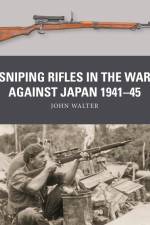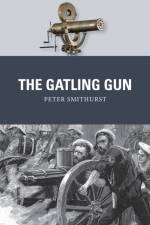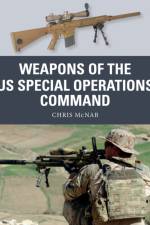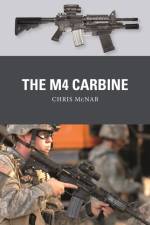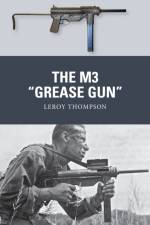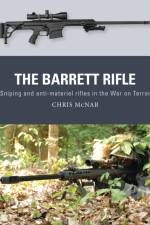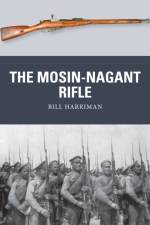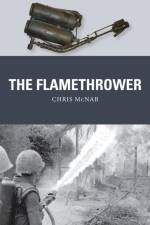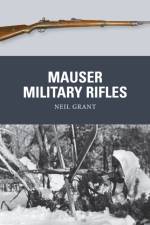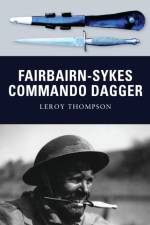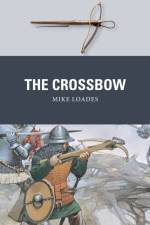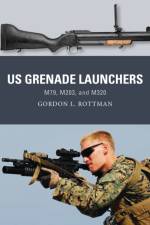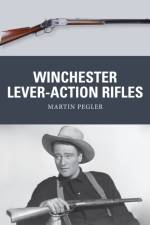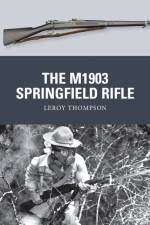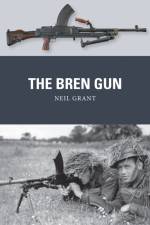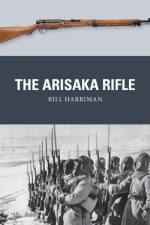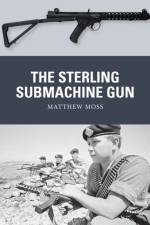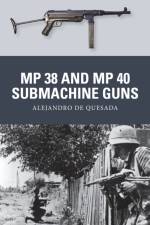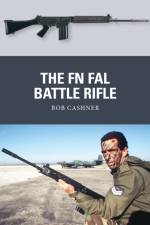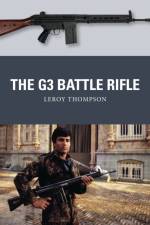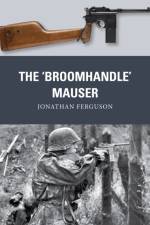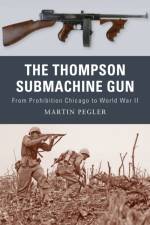av Chris McNab
201
Using the latest technical, ballistic, and tactical research available, this book defines the reasons why the M4/M4A1 achieved its ascendancy, but also analyzes the question marks that hang over the weapon''s future.The M4 carbine has become one of the defining military firearms of the late 20th and early 21st centuries. Developed as a fusion of the XM177E2 Colt Commando and the M16A2 assault rifle, the M4 offered a more convenient battlefield firearm than the full-length M16 variants, and the US Army adopted it as the standard infantry weapon in the 1990s. Today, military and law-enforcement personnel of more than 60 countries have adopted either the M4 or the M4A1 variant, both of which have been tested and proven in major combat operations worldwide.This study describes the development process in detail, from production of the first XM4 prototypes in 1984 through numerous modified types until it emerged into official use as the M4 in 1994. The M4 offered a weapon that was 1lb lighter and 6in shorter than the standard M16A2, yet could still deliver precision semi-auto and full-auto firepower up to an effective range of 500m. Over time, its capabilities have been enhanced by the M4A1 modifications plus an extensive range of tactical accessories, including optical day/night sights, laser/infrared designators, under-barrel grenade launchers and shotgun modules, foregrips, furniture options, mounting rails, and sound suppressors. Numerous M4/M4A1 combat operations are investigated to reveal why the weapon has received such high levels of approval by front-line combat troops, not only in Afghanistan and Iraq, where the M4/M4A1 has been intensively combat-tested, but also in contexts such as Colombia, India, Israel, and the Philippines. Profusely illustrated with photographs and artworks, and drawing its research from the latest declassified documents, this is a complete guide to one of the most important and widely distributed tactical infantry weapons of the last quarter-century.


